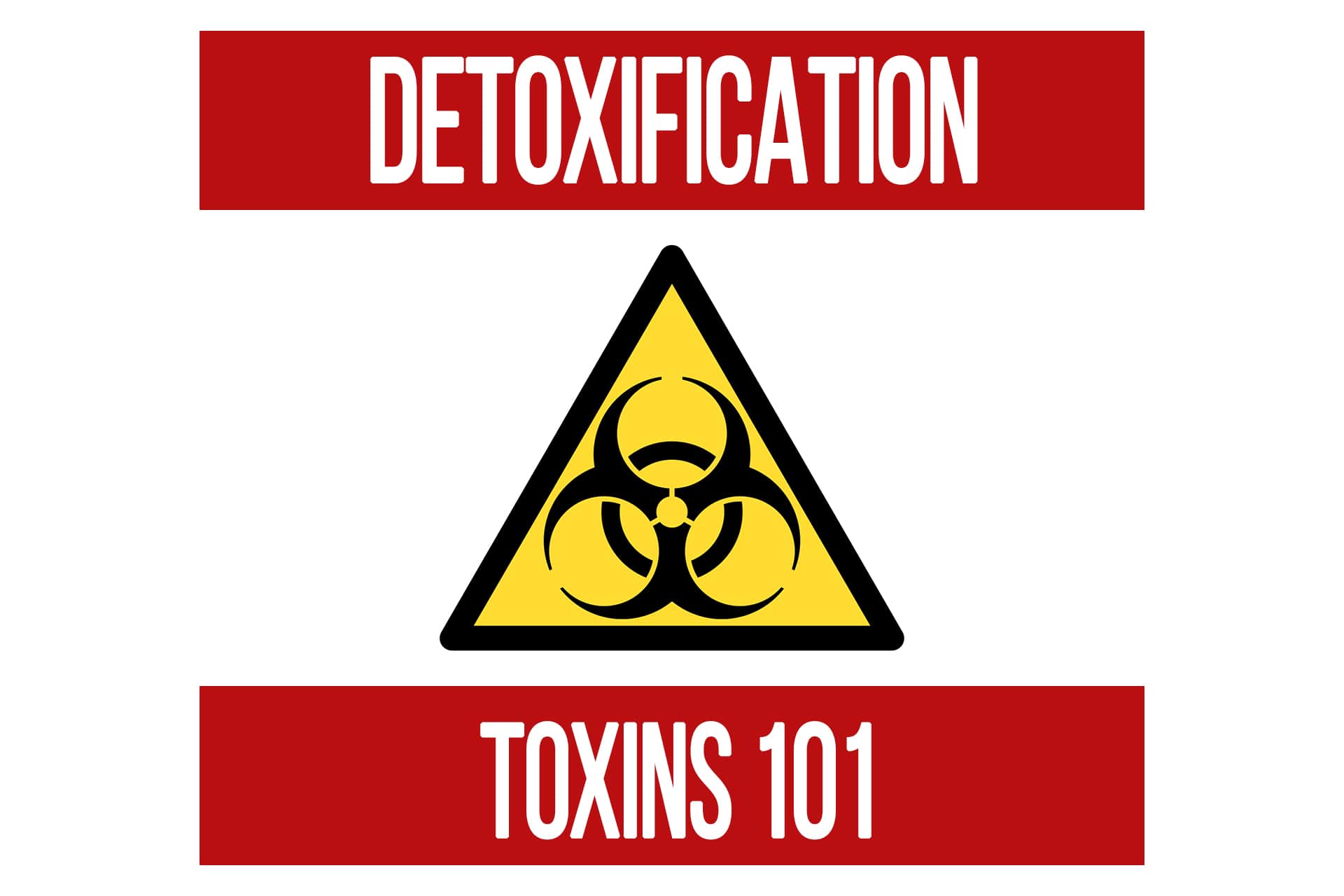How Toxins Can Disrupt Hormones & Make You Fat
n1 training
How Toxins Can Disrupt Your Hormones
Some toxins can be classified as endocrine disruptors. In other words they disrupt your body’s ability to control its hormone production and function. Because hormones are how our body communicates between organs and our environment, any disruption can cause serious health problems.
Some hormones are more vital. Insulin for instance is used to help regulate blood pressure. When your body loses the function of insulin, there is the immediate risk of dangerously high blood sugar. In this case symptoms become apparent quickly.
For other hormones like estrogen and testosterone, the effects are gradual and accumulate over time. Often times issues with these hormones creep up on people undiagnosed until severe health issues become apparent.
Endocrine Disruptors
Endocrine disruptors are associated with diseases such as:
- Endometriosis
- Infertility
- Breast cancer
- Ovarian cancer
- Prostate cancer
- Testicular cancer
- Decreased sperm count
Some indirect effects of disruptors are:
- Low energy
- Muscle Loss
- Slowed metabolism
- Fat accumulation in the extremities
- Mood disorders
- Aggression
- Depression
- Increased Cardiovascular risk
- Low sex drive
- Immune disorders
- Nervous system disorders
- Thyroid problems
The most common endocrine disruptors for testosterone and estrogen that people encounter are: BPA, Triclosan, 4-Nonylphenol, Phthalates and Parabens. Most of these are classified as xeno-estrogens or false estrogens. They largely disrupt your body by binding to estrogen on your cell, exhibiting the physiological effects of estrogen on cells and tissues of your body.
Phthalates can also give your body the sense that it has more testosterone than it really does. Combined this makes your body function as if it were producing more estrogen and less testosterone than it’s supposed to.
How Hormones Are Supposed to Work
Figure 1 (above). The hormone (red) binds to an open receptor (yellow) on the cell. This receptor then becomes active and signals the cell to perform the function signaled by the hormone.
Figure 2 (above). The endocrine disruptor (blue) can function in two ways. It can sit in the receptor site without activating it, but blocking activation when the hormone is present (left), or it can activate the site when no hormones are present (right).
Now some woman might ask, well I’m not supposed to have much testosterone anyway right? Actually this problem affects women more so than men. Testosterone is higher in males, but it is more important in females in terms of managing it. If a male loses a bit of testosterone production, he still is making quite a bit. A female on the other hand can not afford to lose any because she has so little to start with. Testosterone isn’t just a male hormone, it is also very important for female metabolism, energy, and sex drive.
Phthalates
Phthalates are also called “plasticizers”, and are found in numerous everyday products such as:
- Children’s toys
- Cosmetics
- Cleaning products
- Air fresheners
- Perfumes
- Furniture
- Vinyl flooring
- Plastic food containers
- Medical products
The most harmful are the ones used in scented products. These molecules not only have a more drastic effect on your health, but by breathing them, you absorb them very easily. The second most damaging is from products that you get on your skin.
Parabens
Parabens are used as preservatives to prevent the growth of bacteria and fungi in personal care products, such as:
- Shampoo and conditioners
- Soaps
- Makeup
- Lotions and creams
- Shaving gels
- Hair gels
- Pre-packaged foods
- Processed foods.
BPA
BPA exposure occurs mostly through digestion of food and liquids that have been stored and heated in plastic materials. It is used in most plastic products and even things like thermal paper that is used on standard purchase receipts.
BPA on top of being a xenoestrogen type compound also has been linked to obesity, neurological development delays in infants, thyroid disruption, developmental issues of sexual organs in infants, and sexual dysfunction in adults.
Sources of BPA:
- Baby bottles
- Water bottles
- Food containers
- Beverage containers
- Plastic dinnerware
- Thermal paper receipts
- Medical and dental devices
- Eyeglass lenses
- Household electronics
Triclosan
Triclosan is an antimicrobial and preservative agent used in personal care products such as toothpaste, shaving cream, and hand soaps. Exposure occurs from use of these products in the home. Triclosan bioaccumulates in the body and is considered to block thyroid activity affecting metabolism and thyroid hormone signaling.
Sources of Triclosan:
- Deodorant
- Toothpaste
- Shaving cream
- Mouthwash
- Hand soaps
- Cosmetics
- Cleaning supplies
- Children’s toys
Check Your Products
A helpful resource you can use to check the safety and environmental friendliness of products is EWG.org

Popular Pages
Learn & Train With Us
Add N1 Training to your Homescreen!

Please log in to access the menu.







